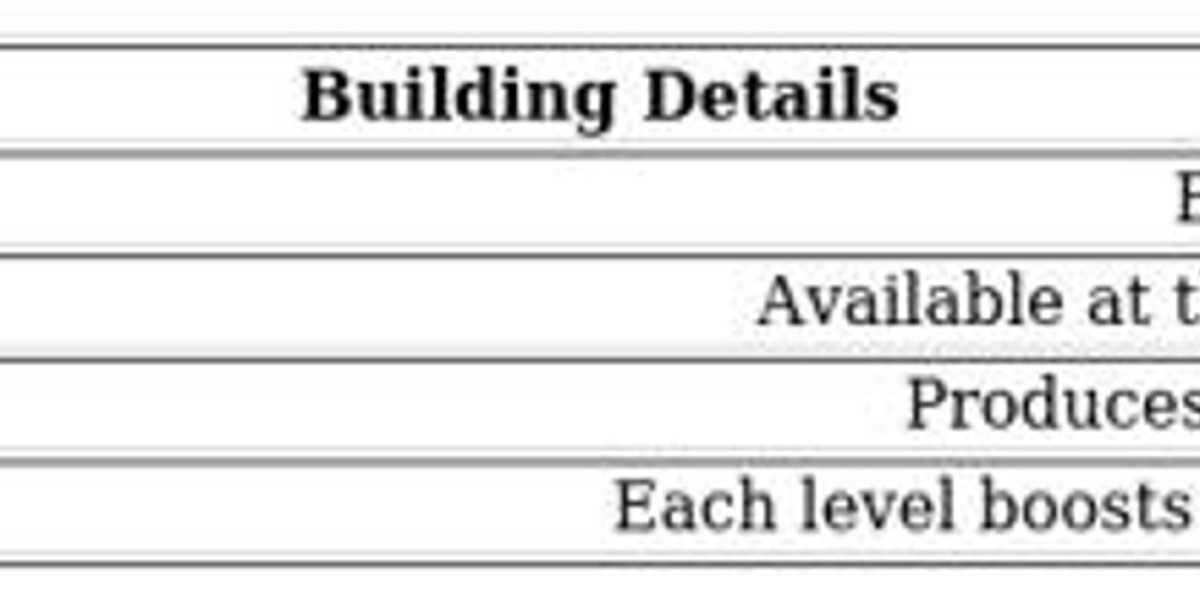Snack packaging plays a vital role in the food industry, serving both functional and marketing purposes. As consumer demand for convenient, tasty, and fresh snack options continues to grow, the need for innovative and efficient packaging solutions has become more critical than ever. Snack packaging not only preserves the freshness and flavor of the product but also communicates the brand’s identity, nutritional information, and values to the consumer. From potato chips to protein bars, the packaging of a snack packaging is often the first thing a customer sees—and it can significantly influence purchasing decisions.
1. Purpose and Importance of Snack Packaging
Snack packaging is designed to fulfill several essential functions:
Protection: The primary role of snack packaging is to protect the contents from contamination, moisture, oxygen, and physical damage. Proper barrier materials are crucial in extending shelf life and maintaining flavor and texture.
Portion Control: Many snacks are offered in single-serve packs, making it easy for consumers to enjoy convenient portions without overindulging. Multi-pack options also cater to families and bulk buyers.
Branding and Marketing: Eye-catching designs, logos, and color schemes on packaging help products stand out on crowded retail shelves. Packaging is a major vehicle for brand communication and promotion.
Informational Display: Packaging provides consumers with essential information such as ingredients, nutritional facts, allergen warnings, and expiration dates.
Sustainability: With increasing consumer awareness around environmental issues, sustainable and recyclable snack packaging is gaining popularity, especially among eco-conscious brands.
2. Types of Snack Packaging Materials
There are various materials used in snack packaging, each with unique advantages and applications:
Plastic Films: Lightweight and flexible, plastic films are commonly used for packaging chips, popcorn, and nuts. They offer excellent moisture and oxygen barrier properties.
Foil Laminates: Often used for high-fat content snacks like chips or trail mixes, foil layers provide an excellent barrier to light, oxygen, and moisture.
Paper and Paperboard: Used for snacks like granola bars and baked goods, these materials are biodegradable and recyclable, making them a popular eco-friendly choice.
Glass Jars and Metal Cans: Less common for traditional snacks, these are typically used for gourmet or premium items and offer excellent product protection.
Biodegradable and Compostable Materials: Brands focused on sustainability are increasingly adopting biodegradable options made from plant-based polymers and recycled fibers.
3. Common Snack Packaging Formats
Snack products come in a wide variety of packaging types:
Pillow Packs: Common for chips and other dry snacks, pillow packs are formed from a single film layer and sealed on three sides.
Stand-Up Pouches: These resealable pouches are popular for granola, dried fruits, and nuts. They offer excellent branding real estate and consumer convenience.
Flow Wraps: Used for bars, cookies, and other individual snacks, flow wraps are quick to produce and easy to tear open.
Clamshells and Trays: Often used for baked snacks and perishables, clamshells provide a rigid structure and visibility through clear lids.
Tubs and Containers: Ideal for snack mixes and dips, these are typically resealable and reusable.
Multi-Pack Bags: Bundling several single-serve portions into one larger bag offers convenience for families or bulk buyers.
4. Trends in Snack Packaging
The snack packaging industry is rapidly evolving in response to changing consumer preferences and market demands. Some key trends include:
Eco-Friendly Packaging: There's a strong shift toward reducing plastic usage and increasing recyclable or compostable materials. Brands are exploring innovative ways to minimize their environmental footprint.
Convenience Features: Easy-open seals, resealable zippers, and portion-controlled packs are now expected by many consumers who prioritize portability and ease of use.
Smart Packaging: QR codes, freshness indicators, and augmented reality (AR) features are being integrated into packaging to engage tech-savvy consumers.
Minimalist Design: Clean, simple, and transparent packaging appeals to health-conscious shoppers who want clarity about the product inside.
Custom Packaging: Personalized packaging, limited-edition designs, and regional flavors with specific cultural aesthetics are becoming more common.
5. Sustainability in Snack Packaging
Sustainability is no longer optional—it’s a consumer expectation. Brands that take steps toward environmentally responsible packaging can strengthen their reputation and appeal to eco-conscious buyers. This can include:
Using recycled or recyclable materials
Reducing packaging weight and size
Offering refillable or reusable containers
Switching to plant-based or compostable films
Governments and retailers are also setting stricter regulations and sustainability goals, pushing manufacturers toward greener packaging alternatives.
6. Challenges in Snack Packaging
Despite the innovations, there are several challenges that snack packaging must overcome:
Balancing Sustainability and Shelf Life: Eco-friendly materials may not always offer the same protective properties as conventional plastics or foils.
Cost Efficiency: High-performance and sustainable materials often come with higher costs, affecting overall product pricing.
Packaging Waste Management: Even recyclable materials require proper disposal infrastructure, which may not be available everywhere.
Food Safety Compliance: Packaging must meet stringent food safety and labeling regulations across different regions and countries.
7. Future Outlook
The future of snack packaging is geared toward personalization, smart technology, and even edible packaging. As e-commerce grows, packaging will also need to adapt to shipping challenges, offering better durability and product safety. Automation and digital printing will allow small brands to compete with large corporations by offering high-quality, cost-effective custom packaging solutions.
The ideal snack package of the future will be:
Lightweight and durable
Visually engaging
Easy to open and reseal
Fully recyclable or compostable
Integrated with digital features for consumer interaction
Conclusion
Snack packaging is far more than just a container—it’s a strategic tool that serves multiple functions from preservation and protection to branding and sustainability. As technology advances and consumer expectations shift, manufacturers and designers must continuously innovate to deliver packaging solutions that are efficient, eco-friendly, and engaging. By combining form and function, great snack packaging can not only extend shelf life and protect the product but also create memorable experiences that drive brand loyalty.








